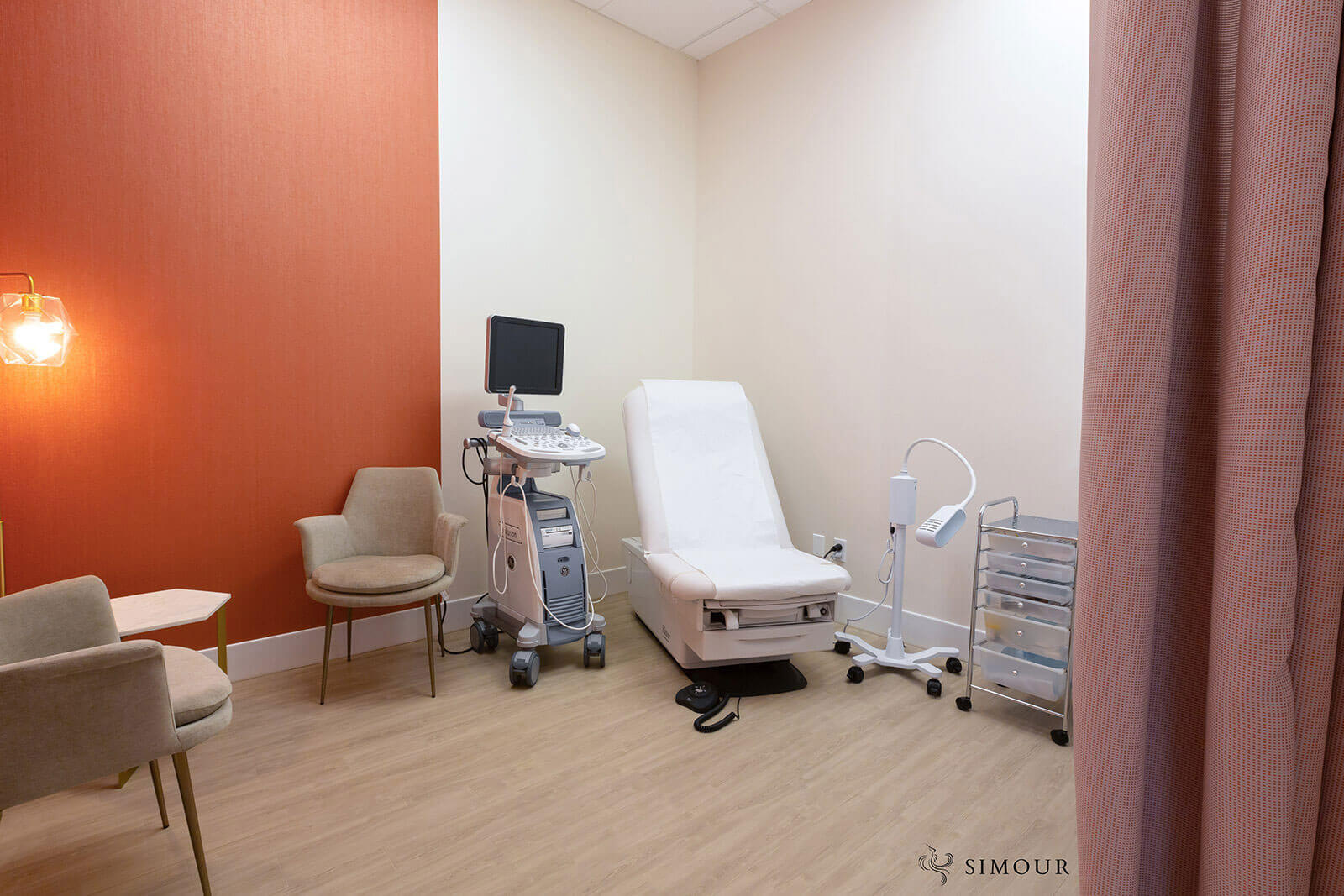Medical Interiors serve as an investment for an efficient workspace and a safe, comfortable environment for your patients. It may seem like a luxury at first but research shows that the medical environment can contribute to the overall wellness and healing of patients. In the age of social media where visual impact is a consideration for choosing one medical clinic over another, investing in a space that looks amazing builds a competitive advantage.
Building an intentional space that responds to patient psychology is about understanding their mind: what are their expectations, what causes them anxiety, and what contributes to their comfortability? There is an opportunity through thoughtful and intentional medical interior design to build healing spaces that have style, strength, and substance.
Designing For Safety
Keep a medical environment that looks organized, bright and open to inspire patient confidence or safety. Patient safety is the top concern for any medical space because the hazards hold the very serious risk of Healthcare Acquired Infections (HAI’s) which can delay recovery or cause more complications.
Safety can be improved by design to provide support or reduce chances of injury through architectural means. These small interventions include handrails to provide support in bathrooms or non-slip flooring that reduce the chances of tripping. Larger opportunities where planning decisions can help make medical spaces safer including adding ventilation and filtration systems, choosing surfaces that can easily be decontaminated, to name a few.
Studies that suggest single-patient rooms are better for patient care because the isolation speeds up recoveries and reduces the risk of infection. While they may be considered luxuries right now, the benefits can make it the industry standard in the near future.
In terms of materials, they do not hold designers back anymore because the choice for medical-grade, anti-microbial building materials are plenty. Choosing materials that don’t compromise the design intent ensure that medical interiors can be both safe and beautiful.
Designing For Comfort
The cold, sterile images that are tied to hospitals conjure feelings of dread and fear in an already anxious patient. Understanding that insight enables designers to anticipate and reverse those expectations; the key is to turn inhospitable to hospitality, distress to comfort. Comfortable furniture, increased privacy, and bringing nature indoors are strategies that designers have implemented to make the average medical encounter as comfortable as possible.
Furniture which for the best part only had to be easy-to-clean did the job but caused plenty of discomfort in waiting rooms before now have more happier alternatives. Soft, upholstered chairs can be made of copper oxide-impregnated fabrics that make it resistant to pathogens and suitable for the medical setting without sacrificing comfort, and can hold itself even after extreme washing conditions.
Biophilic design which attempts to increase the interaction with nature harnesses its restorative qualities and makes for a more attractive environment. Bringing the outdoors in can mean more indoor plants in your space, a view to beautiful natural panoramas or simply increasing the daylight into your medical space. Soften the harshness of an indoor setting by working in more greenery or natural light, significant indicators that work in relieving stress and promoting wellness.
Planning for comfort also takes into account privacy which means more adaptable rooms. Having rooms that mix multiple functions in one space can reduce transfers and legwork all around, making for both happy staff and happy patients.
Designing for Recovery
Ensure that medical interiors are safe and comfortable to address initial impressions of the patient experience. In order to sustain the experience, you must also ensure that the medical environment is designed to be restful until recovery.
Noise: The key to peaceful interiors is keeping the noise down. Properly insulated walls and sound reflective or sound absorbent surfaces will improve the acoustics of a room, preventing sound from outside from seeping in.
Lighting: Find the balance between lighting glare that strains the eyes and uninspiring low light, and generate bright and beautiful, soft lighting General lighting can be ambient and diffuse while focused task lamps that are used to monitor equipment can be placed on designated parts of the wall as reinforcement lighting.
Air: The quality of the air inside your room can also affect the desired restful experience. A well-planned and executed air flow system can exchange fresh air into the rooms to remove stuffiness and even advanced systems can be isolated to filter out pathogens that can cause further HAI’s in Intensive Care cases.
Working with Experts
All these design applications are responses to the patient experience. The necessary expertise of Medical Interior Designers saves you time, energy, and mind space, yielding not only a beautiful result, but also a fantastic journey to making your dream space become a reality. Feel free to call or text today for how your space can be improved or where to start. We always love to hear your thoughts. Together, let’s create that safe, comfortable, and restful healing space.




